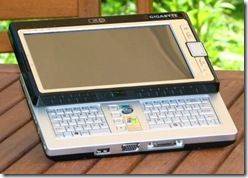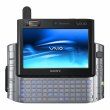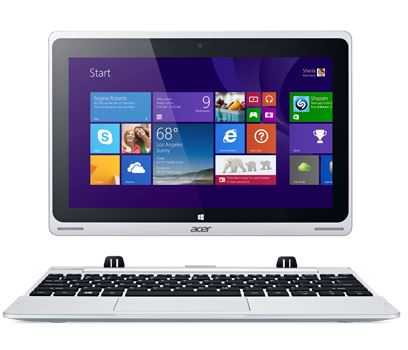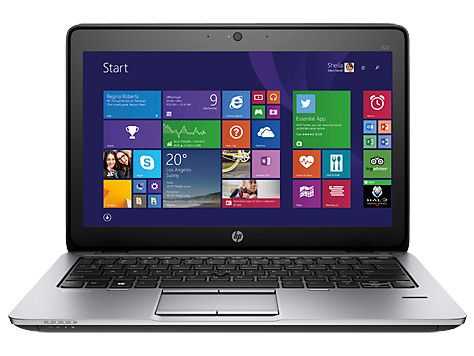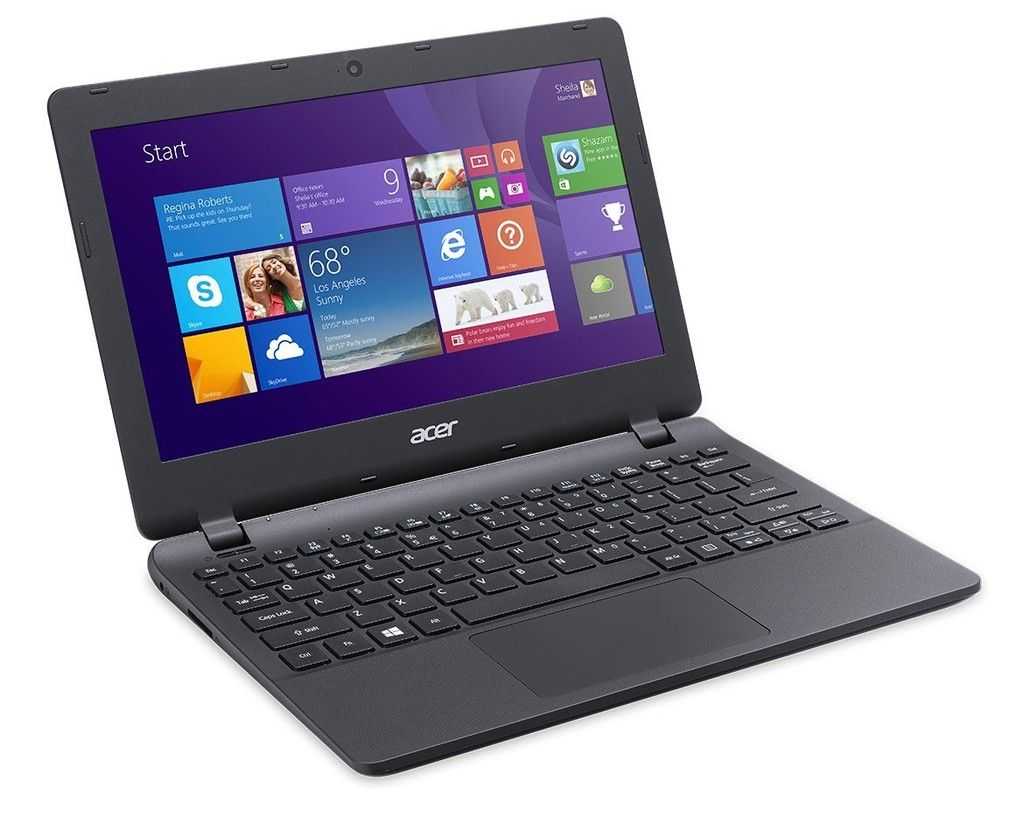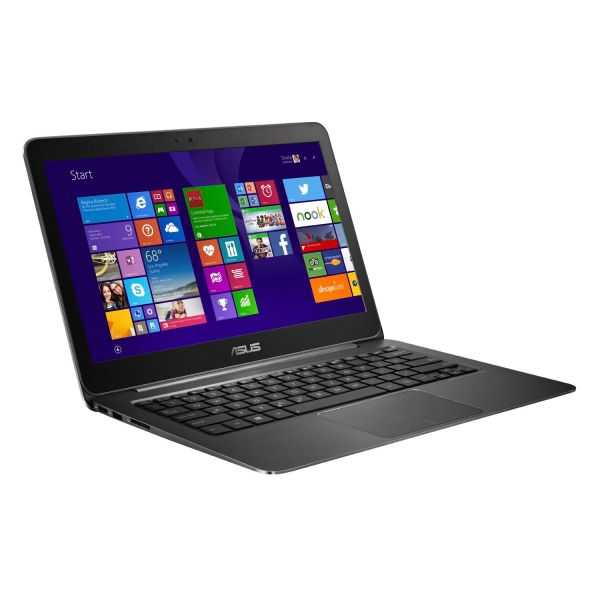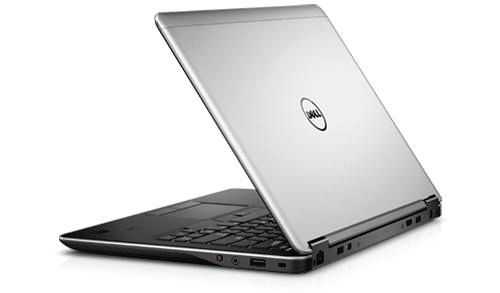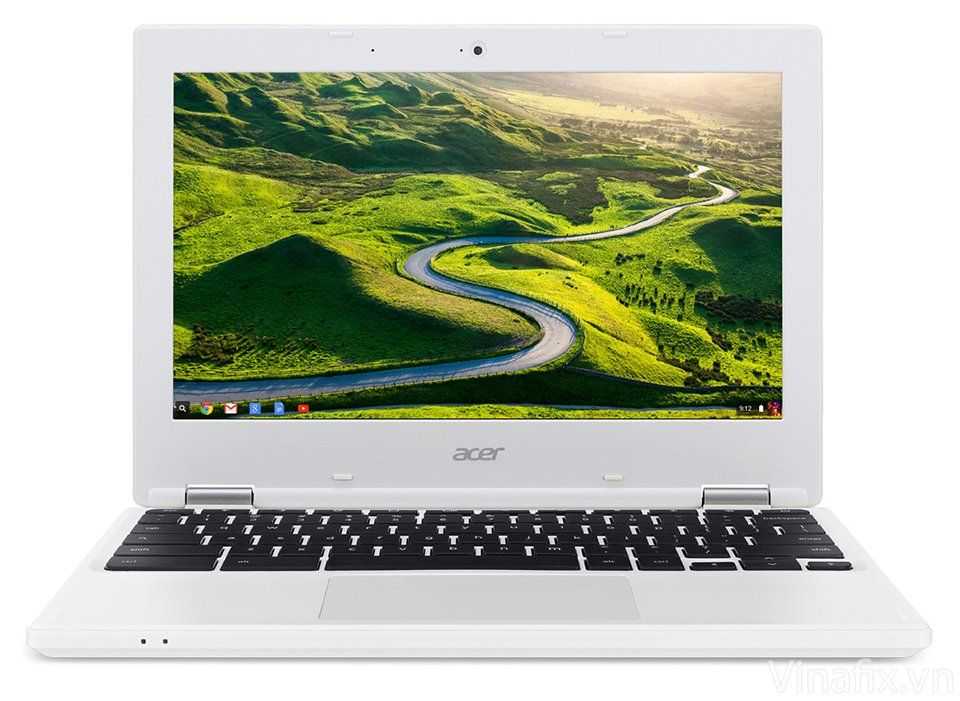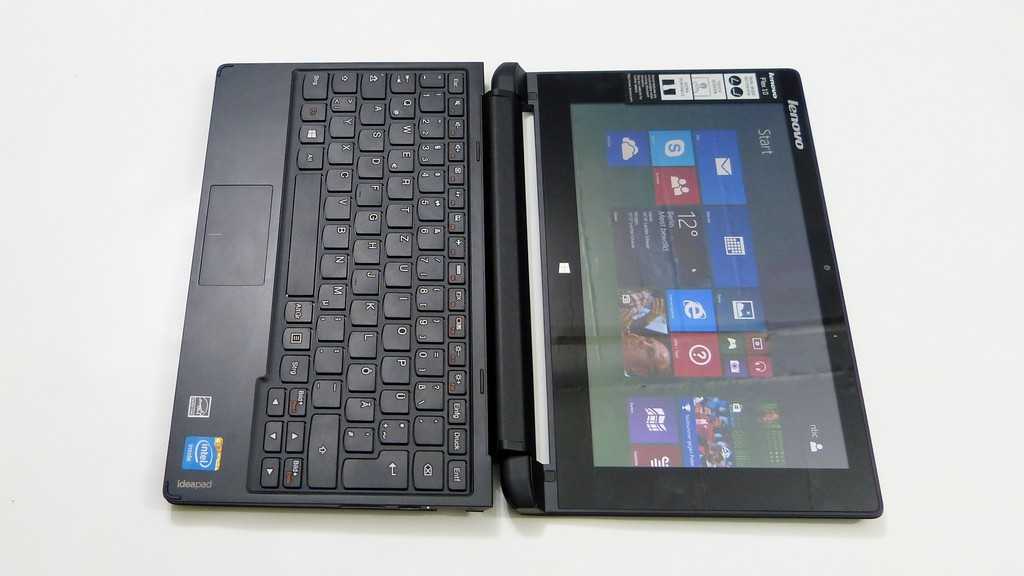 I do enjoy a bit of Om Malik. He cuts through the crap well and has a great sense of humor. He also seems to like mobile computing. Both he and Stacey Higginbotham write good detailed mobile computing articles that you know they are passionate about.
I do enjoy a bit of Om Malik. He cuts through the crap well and has a great sense of humor. He also seems to like mobile computing. Both he and Stacey Higginbotham write good detailed mobile computing articles that you know they are passionate about.
This morning I read an article from Om about netbooks and cloud computers. He’s not happy with the general design of netbooks.
So far, all they have done is cram traditional notebooks into smaller, maybe-lighter-to-carry bodies. They’re neither good for computing nor for communication.
You know what, I think there are two types of Internet people out there. People that have discovered mobile Internet and people that haven’t. Om is obviously of the mobile persuasion and he, quite correctly, points out that netbooks really aren’t a massive leap forward for mobility and, very importantly, require some form of mobile Internet connectivity. Fortunately for netbook manufacturers, most people haven’t discovered the mobile Internet yet and will probably be happy with a netbook. [It also raises the question of whether netbooks should tend towards ultra mobile PC designs over time?]
Om goes on to list his Cloud Computer requirements which, if you ask me, has ultra mobile PC written all over it. – apart from one thing. But first, his specs:
- Instant On
- Doesn’t generate too much heat.
- Minimum 5 hours of battery life.
- Must feature at least four communications options: WiFi, Ethernet, Bluetooth & Wireless Wide Area Network connection to, say, an EVDO or HSPA Network.
- Less than three pounds (Batteries included).
- Screen size of 3.5 to 8 inches (wide-screen proportioned)
- The primary function of the computer should be cloud-based activities that can include everything from listening to live music, reading blogs and watching videos. Writing research reports or cranking out spreadsheets isn’t the primary purpose of these machines.
- It should cost no more than $300. This isn’t a computer; it’s a communications device. It should really be an on-the-go device. It is a device for the moments when your cellphone isn’t enough, and laptop is too much. An iPhone should qualify.
- Its innards, ports should be geared for Internet-based activities — from making calls on Skype to consuming RSS feeds — though it should be able to handle external peripherals.
- In the future it should move away from the keyboard and have a touchscreen interface that allows one to sift through large amounts of data (or web pages) quickly, as cramped keyboards and touchpads can be hard to use.
Spot the problem feature at #8. Sorry Om, you aint going to get a device like that for $300. 3G modems are still very expensive. Touchscreens too. Then there’s the scaling cost to consider for a market that, compared to the smartphone market, is tiny. You might see a device offered by a carrier for $300 but you’ll have to sign up for 2 years of data to get it which, in this fast changing mobile Internet world, is an eternity. Expect to wait another 12-18 months before a sub $400 3G-equipped ultra mobile PC hits the market. In the meantime, us early adopters will have to be prepared to pay.
At least we have a choice though, just two years ago you could count the number of ultra mobile PCs on one hand. Today, you have over 100 to choose from.
Source: What Makes A Cloud Computer?



